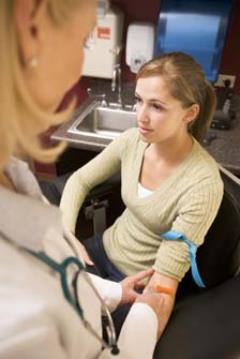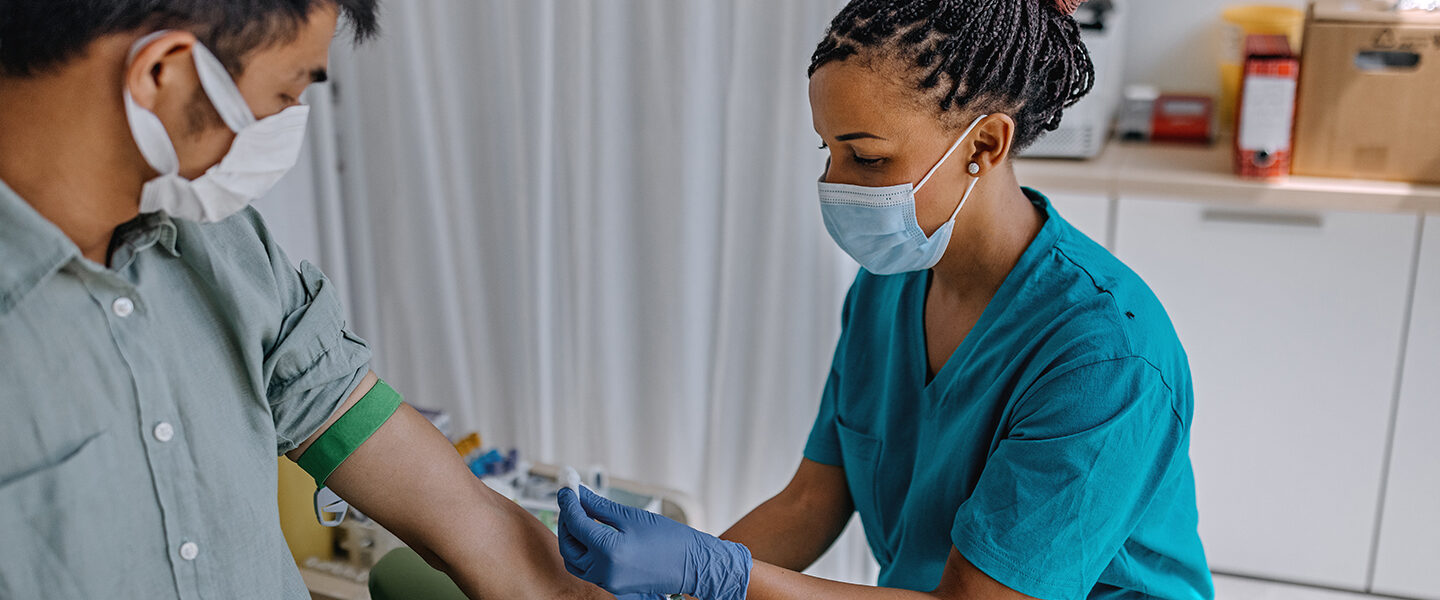Northeast Medical Institute - New Haven Campus Phlebotomy Course & Cna Class Can Be Fun For Anyone
Northeast Medical Institute - New Haven Campus Phlebotomy Course & Cna Class Can Be Fun For Anyone
Blog Article
The Best Guide To Northeast Medical Institute - New Haven Campus Phlebotomy Course & Cna Class
Table of ContentsLittle Known Questions About Northeast Medical Institute - New Haven Campus Phlebotomy Course & Cna Class.Northeast Medical Institute - New Haven Campus Phlebotomy Course & Cna Class - QuestionsNortheast Medical Institute - New Haven Campus Phlebotomy Course & Cna Class Can Be Fun For AnyoneA Biased View of Northeast Medical Institute - New Haven Campus Phlebotomy Course & Cna ClassNot known Factual Statements About Northeast Medical Institute - New Haven Campus Phlebotomy Course & Cna Class Northeast Medical Institute - New Haven Campus Phlebotomy Course & Cna Class Fundamentals Explained
Nevertheless, using such gadgets must be come with by other infection prevention and control practices, and training in their use. Not all safety and security tools are relevant to phlebotomy. Prior to choosing a safety-engineered device, users should extensively investigate offered gadgets to determine their appropriate usage, compatibility with existing phlebotomy methods, and effectiveness in securing personnel and individuals (12, 33).For settings with reduced resources, price is a motoring element in purchase of safety-engineered gadgets - CNA Classes. Where safety-engineered tools are not readily available, competent use a needle and syringe serves. Unintended exposure and specific details regarding an incident should be tape-recorded in a register. Support solutions need to be advertised for those who undergo accidental exposure.
One of the crucial markers of high quality of treatment in phlebotomy is the participation and cooperation of the client; this is equally valuable to both the health worker and the client. Clear info either written or verbal ought to be available to each client that undertakes phlebotomy. Annex F provides sample message for explaining the blood-sampling treatment to a patient. In the blood-sampling space for an outpatient department or facility, offer a comfortable reclining sofa with an arm remainder.
Facts About Northeast Medical Institute - New Haven Campus Phlebotomy Course & Cna Class Revealed
Make certain that the signs for blood sampling are plainly specified, either in a composed protocol or in recorded instructions (e.g. in a lab type). Accumulate all the equipment needed for the procedure and area it within risk-free and very easy reach on a tray or cart, guaranteeing that all the items are plainly visible.
Where the person is adult and conscious, comply with the steps detailed listed below. Introduce on your own to the patient, and ask the person to specify their complete name. Examine that the lab form matches the patient's identification (i.e. match the person's information with the lab kind, to ensure exact recognition). Ask whether the patent has allergies, fears or has ever fainted during previous injections or blood draws.
Make the patient comfortable in a supine setting (if possible). Location a tidy paper or towel under the client's arm. Go over the examination to be executed (see Annex F) and get spoken authorization. The client has a right to reject an examination at any time prior to the blood sampling, so it is essential to guarantee that the individual has actually recognized the treatment.
The Only Guide for Northeast Medical Institute - New Haven Campus Phlebotomy Course & Cna Class
Extend the patient's arm and inspect the antecubital fossa or forearm. Locate a vein of a great dimension that is visible, straight and clear. The diagram in Section 2.3, shows usual positions of the vessels, however several variants are possible. The average cubital blood vessel exists between muscles and is generally one of the most simple to penetrate.
DO NOT put the needle where blood vessels are drawing away, due to the fact that this raises the opportunity of a haematoma. Situating the blood vessel will certainly aid in determining the appropriate dimension of needle.
Haemolysis, contamination and existence of intravenous fluid and medicine can all change the outcomes (39. Nursing team and physicians might access main venous lines for samplings following protocols. Samplings from central lines carry a threat of contamination or wrong lab test outcomes. It serves, but not excellent, to attract blood specimens when initial introducing an in-dwelling venous tool, before linking the cannula to the intravenous fluids.
All About Northeast Medical Institute - New Haven Campus Phlebotomy Course & Cna Class
Permit the location to completely dry. Failure to allow sufficient call time raises the risk go to these guys of contamination. DO NOT touch the cleaned site; in specific, DO NOT put a finger over the capillary to lead the shaft of the exposed needle. It the site is touched, repeat the disinfection. Do venepuncture as follows.
Ask the patient to form a fist so the veins are more famous. Go into the blood vessel quickly at a 30 level angle or much less, and remain to introduce the needle along the vein at the easiest angle of entry - Phlebotomy Classes. As soon as adequate blood has been gathered, release the tourniquet prior to taking out the needle
Northeast Medical Institute - New Haven Campus Phlebotomy Course & Cna Class Fundamentals Explained
Withdraw the needle carefully and use gentle stress to the site with a tidy gauze or dry cotton-wool sphere. Ask the client to hold the gauze or cotton woollen in place, with the arm prolonged and raised. Ask the individual NOT to flex the arm, because doing so creates a haematoma.

The Northeast Medical Institute - New Haven Campus Phlebotomy Course & Cna Class PDFs
Where feasible, keep the tubes in a shelf and move the shelf towards you - https://www.tumblr.com/northeastmed/754571099590852608/earn-your-phlebotomy-certification-at-northeast?source=share. If the sample tube does not have a rubber stopper, inject extremely gradually right into the tube as decreasing the stress and rate utilized to transfer the sampling reduces the threat of haemolysis.

Report this page